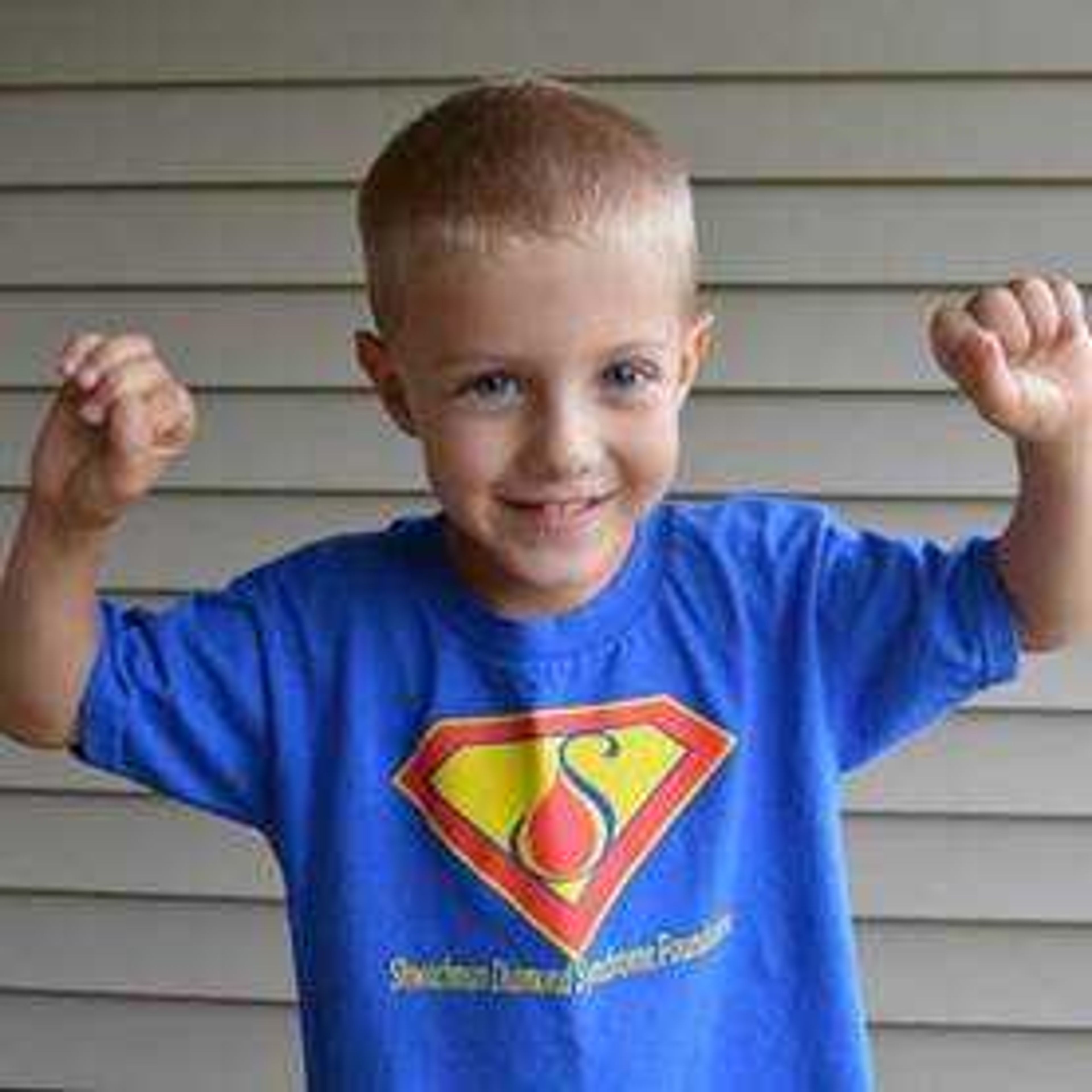Perryville family organizing bone-marrow drive Friday for ailing 6-year-old boy
A Perryville, Missouri, family is organizing a bone-marrow registration drive in hopes of finding a match for their 6-year-old son, who needs a bone-marrow transplant. Wade Watcher's mother Jenni said for the most part, he's a regular 6-year-old. "Active and funny and adorable," she said. "He's smart and loves to draw. He likes playing basketball. He's a pretty awesome kid."...
A Perryville, Missouri, family is organizing a bone-marrow registration drive in hopes of finding a match for their 6-year-old son, who needs a bone-marrow transplant.
Wade Watcher's mother Jenni said for the most part, he's a regular 6-year-old.
"Active and funny and adorable," she said. "He's smart and loves to draw. He likes playing basketball. He's a pretty awesome kid."
But for him to continue leading a normal childhood, Watcher likely would need a bone-marrow transplant.
"We knew that he had a rare disease when he was a baby, and so yearly we have to get a bone marrow biopsy to see if his bone marrow is failing," Watcher said. "It had been fairly normal until December. ... It showed his bone marrow was in the stages of failing and that it was kind of like a waiting game to see if he needs to be sent for a bone marrow transplant or not."
Wade, who suffers from Shwachman-Diamond syndrome, a rare congenital disorder, is stable, but his mother said they don't know for how long.
So they're organizing a registration drive for members of the community to sign up to have their cheeks swabbed and see whether they may be a match. The drive will be from 3 to 7 p.m. Friday at the AMVETS Post 94 in Perryville.
Watcher said she's not sure how many people are scheduled to participate, but she to register as many people ranging in age from 18 to 55 years old people as possible.
"Anybody that can would be amazing," she said. "It would provide a lot of help for our family as well as other families."
Registration involves filling out a form and having a cheek swabbed for about 30 seconds. Donor recruitment coordinator Olivia Haddox said people typically shy away from such drives because they are unsure of what it may mean if they are "matched" with a person in need.
"People are surprised to find how easy it is just to register, but then the next question is always, 'What's going to happen if I get that call?'" she said. "We definitely get that a lot."
There are two ways for the donation to happen if a match is found, she said. About 80 percent of the time, donations are done via peripheral blood stem-cell donation, a four- to eight-hour session in which blood is taken from one arm and filtered through an aphoresis machine to separate the blood from the stem cells. After taking the stem cells, the blood is returned to the donor's body.
"That can kind of be compared to a lengthier platelet or plasma donation," Haddox said. "You don't actually even lose any blood that day; you just lose some stem cells, and you regenerate those in about a week, so what you give you do get back," she said.
People usually watch Netflix while donating, she said, and minor side effects more often come from the series of injections donors receive before the procedure to boost the stem cells. Those injections can cause some fatigue or other side effects.
"Nothing so severe that it might keep anyone out of work," Haddox said. "It's just kind of your body preparing for the donation."
The other, less-common method is an outpatient procedure whereby liquid marrow from the lower back pelvic area is removed.
"And you're actually put under for this procedure, so you're not awake when it happens and you don't feel anything when it happens," Haddox said. "Afterwards, what most people tell me they feel is just a tenderness and a bruising around the site where they removed the marrow. A lot of people equate this to saying, 'I felt like I fell on some ice, and I had a bruise on my hip for a few days.'"
If people can't attend the drive, swab kits can be ordered at dkms.org.
tgraef@semissourian.com
(573) 388-3627
Connect with the Southeast Missourian Newsroom:
For corrections to this story or other insights for the editor, click here. To submit a letter to the editor, click here. To learn about the Southeast Missourian’s AI Policy, click here.










